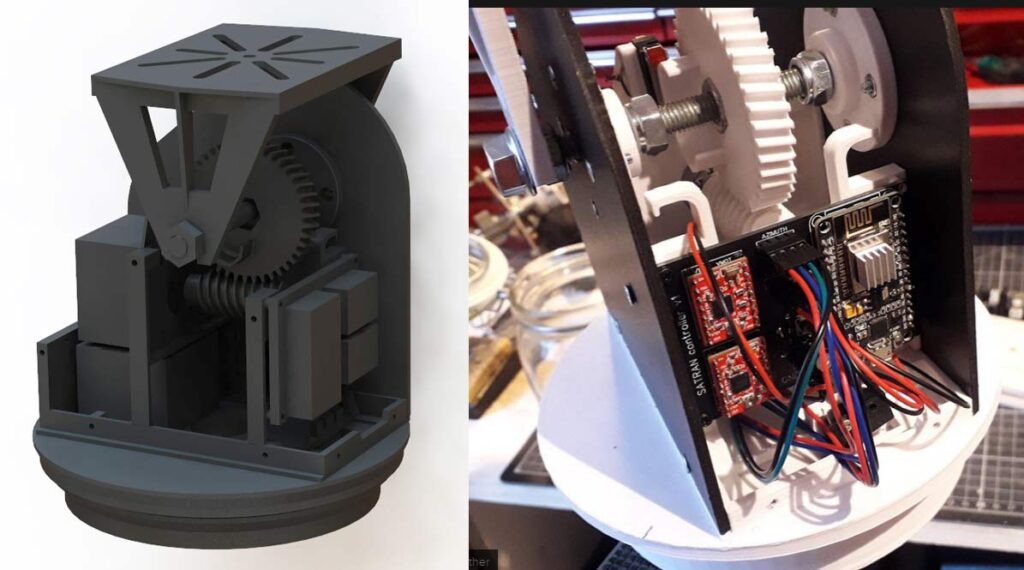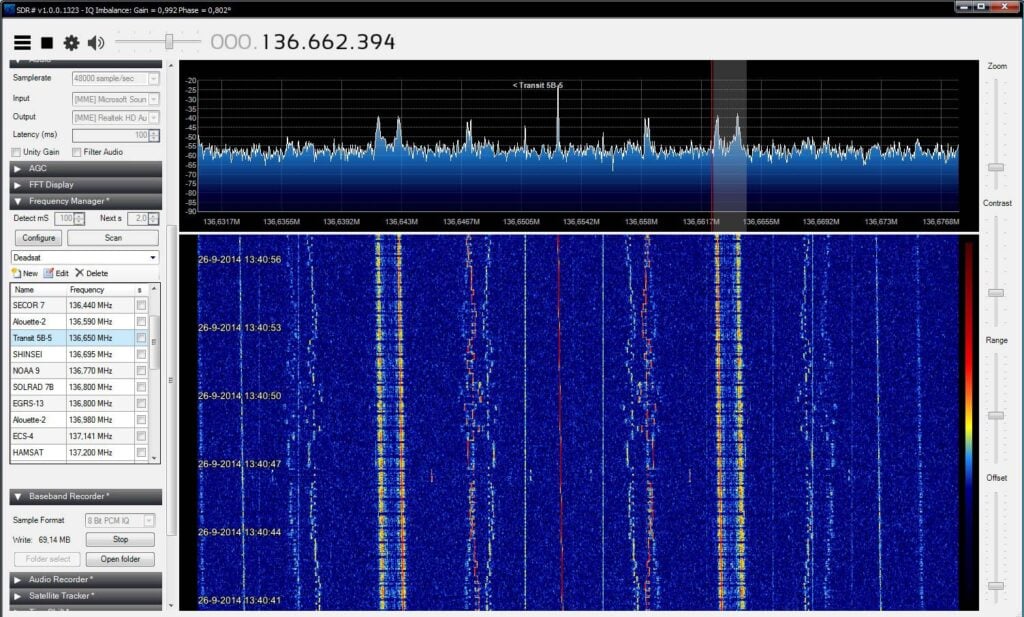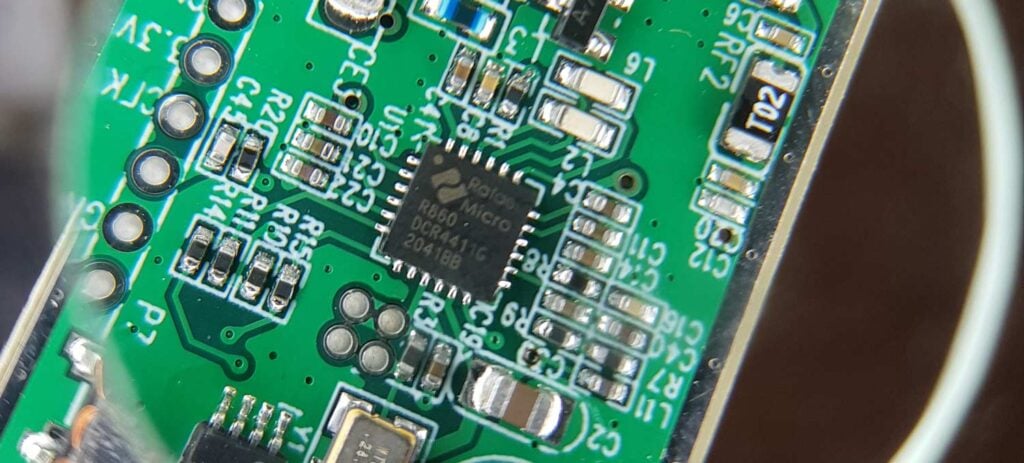GNU Radio 3.9.0.0 Released
GNU Radio is an open source digital signal processing (DSP) toolkit which is often used in cutting edge radio applications and research to implement decoders, demodulators and various SDR algorithms. Version 3.9.0.0 has recently been released. Below is part of the release text, but please see the official release post for the full list of changes.
The future is not set, there is no fate but what we make for ourselves. In this very spirit, GNU Radio 3.9 packs a whole bunch of power when it comes to transforming the way GNU Radio and its ecosytem can be developed in the future.
You’ll find the release tags and signed tarballs now on github, and later on gnuradio.org/releases/gnuradio.
Not only did we have great progressions from old dependencies that proved to be all too problematic (SWIG, Python2), but also did we see an incredibly influx of people actively working on how maintainable this code base is. This will nurture the project for years to come.
All in all, the main breaking change for pure GRC users will consist in a few changed blocks – an incredible feat, considering the amount of shift under the hood.
GNU Radio 3.9.0.0 is out!
— GNU Radio Project (@gnuradio) January 20, 2021
This significant release is focused on maintainability and code consistency, and has many new GUI elements (LED indicators, compass, Az/El plot, toggles and more!), new DSP blocks, and a variety of enhancements and fixes.https://t.co/SIpqRQuiIF




